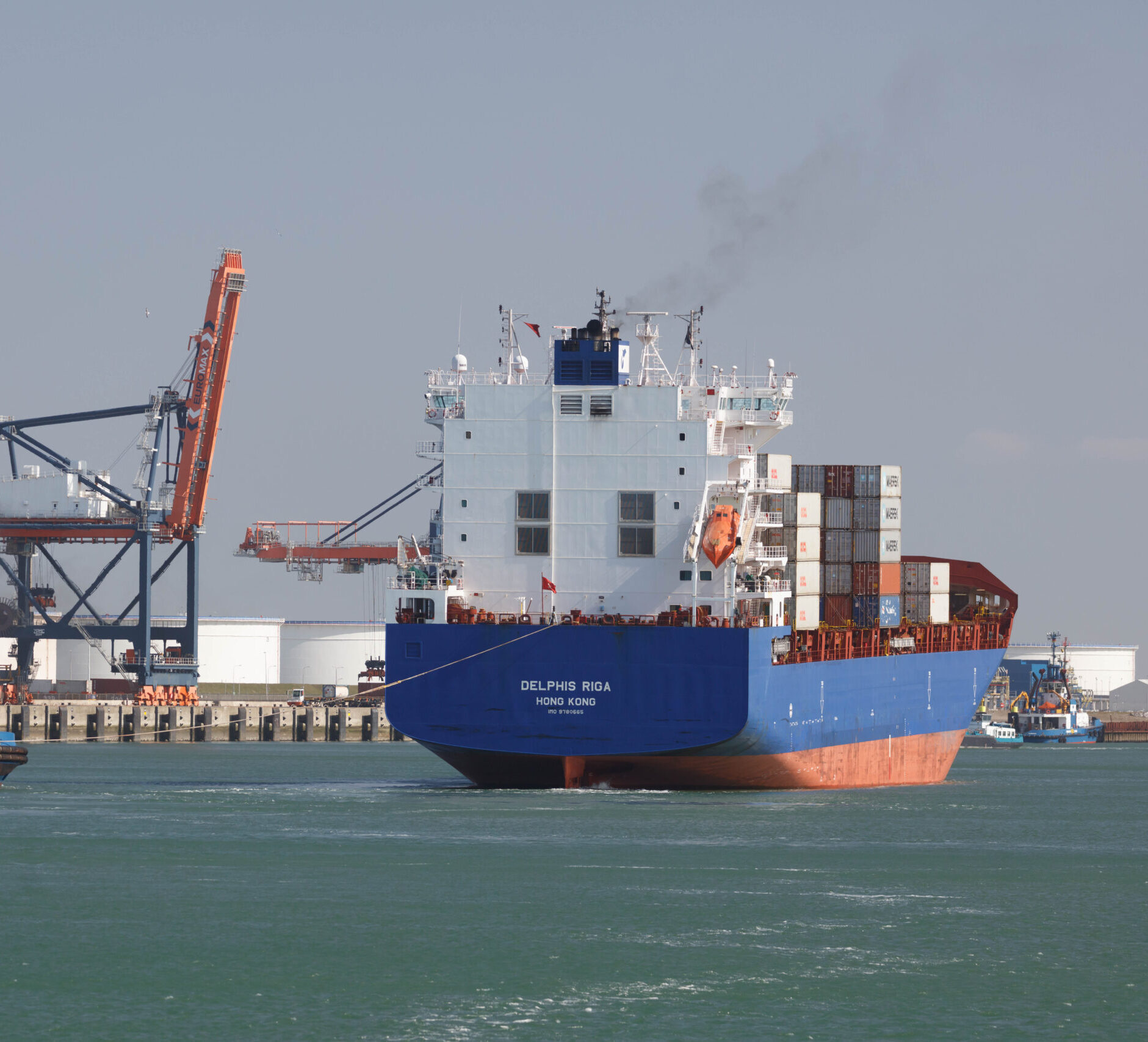
The United Kingdom’s exit from the European Union took place almost seven months ago and it has been far from plain sailing since then, especially given the added impact of the coronavirus pandemic. However, as the dust is beginning to settle, a number of short- and longer-term trends and developments are starting to show themselves.
Brexit was always going to have the potential to shake up the UK’s trading relations with neighbours both near and far, although the extent to which this would happen was dependent on the type of Brexit that the UK would opt for, a softer Brexit prioritising trade with the EU and EEA or a harder Brexit in order to open up the possibility for further trade agreements around the world. The latter was the chosen option, and the effects are beginning o manifest themselves. While this piece will not delve in the technicalities of the UK’s developing trade policy, it will seek to outline some notable trends evident so far with a reference to maritime trade and the possibilities ging forward.
In real terms, the January exit of the UK from the world’s largest trading bloc came as a shock to the economy. The figures released by the UK Office for National Statistics indicate that British trade in goods with Europe fell by 40.7% or GBP 5.6 billion in January, while imports fell by GBP 6.6 billion or 28.8%. The main sectors impacted were machinery and transport equipment, and chemicals, cars, and medicinal and pharmaceutical products.
The increase in costs for importers and exporters, both in terms of money but also in terms of time and the regulatory burden has made EU trade far less of an enticing proposition and this is likely to cause a distinct shift in supply chains as well as a realignment to domestic or other markets. Similarly, shipping capacity will no doubt realign itself to the new reality of the UK’s trading requirements and the beginnings of this have already been seen, with a number of examples. There have been additional services as well service alterations, with both the links between the UK and the island of Ireland and the island of Ireland the European continent shifting.
The multimodal operator Samskip has already introduced a larger vessel and greater capacity on its Dublin – Amsterdam service, while WEC Lines has introduced a weekly service linking London Thamesport directly with Bilbao as competition to the traditional Channel RoRo routes from container shipping picks up. As was stated at the time: Brexit has shaken up the European logistics landscape, with more and more operators seeking the reliability and predictability afforded by shortsea container services,” said London Thamesport director Mark Taylor. Elsewhere, ferry operator DFDS started he year with the introduction of a new RoRo service between Rosslare and Dunkirk. More recently, In early June, it was announced that Unifeeder has initiated a single 500 TEU vessel link between southern UK and Ireland. This new loop avoids an Irish Sea crossing, which is proving an issue in the wake of Brexit. The new service calls: Southampton, Belfast and Cork before returning to Southampton.
Overall, it is clear that the landscape is changing. The regulatory and cost barriers introduced to traditional markets for UK goods could lead to a reorientation to both the domestic and international market, while the logistical routes, including the UK landbridge for Irish goods will decrease in importance. It is still too early to make a judgement on the size or importance of these shifts. But it is likely that the container shipping sector could do better out of Brexit than others.